Shey Palace : Royalty, Culture, and Breathtaking Views
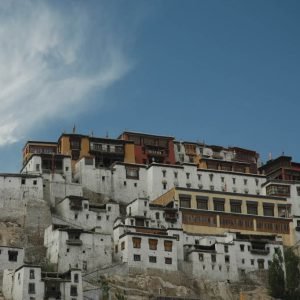
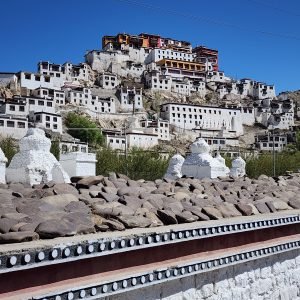

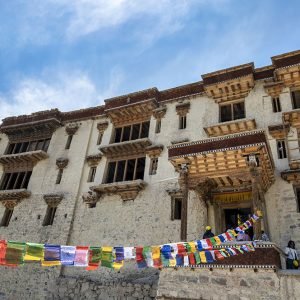
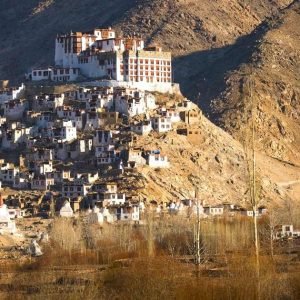
Table of Contents
ToggleNestled in the serene, arid beauty of the Indian Himalayas, Shey Palace is one of the most iconic landmarks in Ladakh. Just 15 kilometers from the bustling town of Leh, this historic palace was once the summer residence of Ladakh’s royal family and remains a stunning testament to the region’s rich cultural and architectural history. As a tourist destination, Shey Palace does not just give a glimpse into the Buddhist heritage of the region but also presents spectacular Ladakhi views-one for the must-stop traveler enjoying the delightful desert of high altitude.
Here is where we’ll guide you through a journey covering the history and architecture of this palace as well as the cultural importance of Shey Palace with an emphasis on some of the best travel tips for visiting this majestic palace.
History of Shey Palace
Shey Palace is a 17th-century structure, situated at an altitude of 3,400 meters or 11,200 feet above sea level. The palace has great historical importance. It was originally constructed by King Deldan Namgyal, who ruled Ladakh during the time of political consolidation and cultural renaissance. It is even believed that he wanted to have a palace that would become the spiritual center for the region, reverberating with the deep influence of Buddhism on Ladakh.
The palace is built with a blend of Tibetan and Ladakhi architectural styles, and this fact is evident from its striking features. Shey Palace takes inspiration from the Tibetan Potala Palace in Lhasa, but infuses unique Ladakhi elements, making it an architectural gem against the backdrop of barren mountains.
Over the centuries, Shey Palace served as a royal residence and also as a religious center. Inside the palace complex, there is a monastery called Shey Monastery, which contains several beautiful statues, murals, and sacred relics. The place depicts the deep Buddhist traditions of the region.
Architectural Features of Shey Palace
Shey Palace stands as one of the best examples of Ladakhi Buddhist architectural designs. The palace is built as a multi-story one with a traditional Tibetan touch where it has a vast central courtyard surrounded by plenty of rooms and corridors. The rooms carry intricate paintings on the walls, filled with scenes from Buddhist mythology as well as Ladakhi culture.
The palace is mainly made from stone with wooden windows and intricately carved doors. The use of mud and timber is highly prevalent in the Ladakhi architecture, as it provides insulation for its buildings against harsh winter temperatures. One of its most dominant features is its beautiful central prayer hall where an immense statue of Shakyamuni Buddha is housed. This is a 12-meter-tall statue made of copper and gold-plated, which represents Buddhism in Ladakh and serves as a center of pilgrimage for Buddhist devotees.
The palace also has several smaller shrines and prayer halls that reflect the richness of spiritual heritage in that region. The views from the palace are simply mesmerizing, with sweeping vistas of the surrounding mountains and valleys, which makes the palace an even more captivating place to visit.
Shey Monastery: A Centre of Spirituality
The Shey Palace is a very important site because of the Shey Monastery, which is the major attraction for devotees and travelers. The monastery holds important Buddhist statues, such as those of Guru Padmasambhava, Maitreya Buddha, and the 12-meter-tall Shakyamuni Buddha statue. The murals found at the monastery show deep-rooted Buddhist heritage and let visitors explore the great world of Tibetan Buddhism.
The Shey Monastery also holds an important place in the spiritual lives of the Ladakhi people. It is said that monks have stayed here since centuries, and it is a place for peace and serenity to the locals and the tourists who want to experience Ladakh’s unique spiritual feel.
The Stunning Location and Scenic Views
Shey Palace is located at a very beautiful place, that is, on a hilltop with a panoramic view of the Indus Valley and the Ladakhi mountains around. The palace overlooks green fields and the turquoise waters of the Indus River, making it an ideal spot for photography and nature lovers. The barren landscape with rugged mountains and clear skies adds to the beauty and mystique of the place.
One of the best things about visiting Shey Palace is the chance to experience the region’s natural beauty. Whether you’re trekking through the rocky terrain or simply soaking in the scenic vistas from the palace, you’re guaranteed to be captivated by the pristine landscapes that define Ladakh.
Shey Palace and Its Role in Ladakh’s Culture
Ladakh is indeed a region deeply rooted in its Buddhist culture, and the Shey Palace is just that reflection of this spiritual heritage. The palace is actually considered a symbol of Ladakh’s royal past, as well as its religious and cultural significance. Through it, the region’s political history was molded, especially between the relationship between Ladakh and Tibet.
Shey Palace and its murals represent the culmination of Tibetan and Ladakhi cultures, which have been shaped over centuries. The palace is a living testament to the craftsmanship and artistry of the Ladakhi people. The walls and statues in the palace complex are evidence of the meticulous work of local artisans, who have preserved traditional art forms passed down through generations.
The Importance of Shey Palace in Ladakhi Tourism
Ladakh, a wonder of breathtaking landscapes and Buddhist monasteries, found a pocket of rich cultural heritage. But within the vastness of those cultural landmarks, Shey Palace was one of the most popular attractions. It is a place that gives a unique combination of history, culture, and spirituality, which draws many history enthusiasts as well as spiritual seekers who want to find God in their journey. For any lover of Buddhism, studying the traditions here is truly important.
Tourism in Ladakh has been increasing day by day over the past couple of years, and Shey Palace is one among the major attractions that invite tourists from all over the world. It is an integral part of the Leh-Ladakh circuit that includes other major attractions such as the Hemis Monastery, Thiksey Monastery, and the Pangong Lake. This gives tourists a deeper understanding of the region’s cultural fabric and perhaps connects them to the spiritual essence of Ladakh.
Best Time to Visit Shey Palace
It would be really great to visit Shey Palace when the weather in Ladakh is mild and pleasant between the months of May and September. The temperature in Ladakh can range from 15°C to 30°C (59°F to 86°F) during these months and the season is ideal for sightseeing as well as outdoor activities, under clear skies and comfortable weathers where one can enjoy the breathtaking panorama at Shey Palace.
But if you want to behold Ladakh in its winter avatar then head there during winters (November to February), but prepare for temperatures sub-zero and mountains covered with snow. Though most roads here may be closed due to heavy snowfall, winters leave Shey Palace to be more serene, less crowded.
How to Reach Shey Palace
Shey Palace is accessible by road, which is just 15 kilometers from Leh. The nearest airport is Leh Airport, with good connectivity to major cities of India such as Delhi, Srinagar, and Mumbai. From Leh, you can hire a taxi or rent a bike to reach Shey Palace. The drive is scenic, passing through traditional Ladakhi villages, green fields, and barren hills.
Shey Palace can be reached through several trekking routes and trails that explore more of Ladakh’s natural beauty. The adventurous folks can explore the rough terrains. There are proper tourist facilities with guesthouses, hotels, and local food outlets offering Ladakhi cuisine.
Cultural significance of Shey Palace in Ladakh
The cultural and religious importance of Shey Palace cannot be exaggerated. It is not only a historic monument but also a center of Buddhist spirituality and Ladakhi heritage. The palace and monastery complex have seen centuries of religious ceremonies, festivals, and royal events that have molded the culture of Ladakh.
The palace murals and sculptures are very intricate, telling the story of Ladakh’s Buddhist traditions. And every detail of this palace design reflects the influence of Tibetan Buddhism. Shey Palace is a unique opportunity to connect with the ancient traditions of Ladakh and Tibet, an atmosphere of serenity and spiritual history.
Conclusion: Why Shey Palace Should Be on Your Travel List
Shey Palace is one of the most attractive and historically significant monuments in Ladakh. It’s an attraction for historians, photographers, or people looking to get spiritual vibes in Ladakh; Shey Palace has something in store for you. With stunning architecture, landscapes, and rich cultural significance, Shey Palace is a must-visit destination for everyone when visiting Ladakh.
Therefore, next time when one is in the great land of Ladakh, be sure to visit Shey Palace for the experience of such majestic royal heritage, continuing still strong as a symbol of Ladakhi culture, history, and spiritual expression.
FAQ's
1. What is Shey Palace?
Shey Palace is a historical palace located near Leh in Ladakh, India. Built in the 17th century by King Deldan Namgyal, it was once the summer residence of the Ladakhi royal family. It is famous for its beautiful architecture and the Shey Monastery, which houses a large statue of Shakyamuni Buddha.
2. Where is Shey Palace located?
Shey Palace is located about 15 kilometers southeast of Leh, the capital of Ladakh. It sits atop a hill, offering stunning views of the surrounding mountains and the Indus Valley.
3. What is the best time to visit Shey Palace?
The best time to visit Shey Palace is during the summer months (May to September), when the weather is pleasant and ideal for sightseeing. Ladakh’s weather is mild and conducive for outdoor activities during this period.
4. How can I reach Shey Palace?
Shey Palace is easily accessible from Leh by road. You can hire a taxi or rent a bike to reach the palace. Leh is connected by air to major Indian cities, including Delhi, Srinagar, and Mumbai. From the airport, it takes about 30 minutes by car to reach the palace.
5. What are the main attractions at Shey Palace?
The main attractions at Shey Palace include the Shey Monastery, which houses a giant 12-meter-high statue of Shakyamuni Buddha, and the palace’s beautiful architecture with intricate murals and carvings. The panoramic views of the Indus Valley and surrounding mountains are also a major highlight.
6. Can I visit Shey Palace year-round?
While Shey Palace is accessible year-round, visiting during the winter months (November to February) can be challenging due to snow and sub-zero temperatures. Roads may be closed, and many facilities may be unavailable. The summer months are more convenient for tourists.
7. Is there an entrance fee for Shey Palace?
Yes, there is a small entrance fee to visit Shey Palace. The fee typically covers access to the palace and the Shey Monastery. However, fees may vary, so it’s recommended to check locally before your visit.
8. How long does it take to visit Shey Palace?
A visit to Shey Palace usually takes about 1 to 2 hours. You can explore the palace, take in the scenic views, and visit the monastery. If you’re a photography enthusiast or a history lover, you may want to spend extra time here.
9. What is the significance of Shey Palace in Ladakh’s history?
Shey Palace played a central role in Ladakh’s royal history, serving as the summer residence of the Ladakhi kings. It also holds great religious significance due to the Shey Monastery and its association with Buddhism, which has deeply influenced the region’s culture.
10. What are the architectural features of Shey Palace?
Shey Palace features Tibetan and Ladakhi architectural styles, with a central prayer hall, intricate murals, and a 12-meter-high statue of Buddha. The palace is built with stone, wood, and mud, offering an interesting blend of traditional and regional design elements.
11. What is the Shey Monastery?
The Shey Monastery is a Buddhist monastery located within the Shey Palace complex. It houses several important statues of Buddha, including a large statue of Shakyamuni Buddha. The monastery is a spiritual center for Buddhist practices and attracts pilgrims and tourists alike.
12. Is Shey Palace suitable for families with children?
Yes, Shey Palace is a family-friendly destination. The scenic views and cultural experiences make it an excellent place for family visits. However, due to the altitude and terrain, it’s important to be mindful of children’s comfort during the trip.
13. Can I take photographs at Shey Palace?
Yes, visitors are allowed to take photographs at Shey Palace, especially of the breathtaking landscapes and architecture. However, photography might not be allowed inside certain areas, like the prayer halls, where it’s important to respect local religious customs.
14. What other places are near Shey Palace?
Several other popular tourist destinations are located near Shey Palace, including the Thiksey Monastery, Hemis Monastery, and Pangong Lake. These sites are part of the Leh-Ladakh circuit, making them perfect for a comprehensive tour of the region.
15. What should I wear when visiting Shey Palace?
Given the high altitude and cold temperatures in Ladakh, it’s advisable to wear warm clothing, especially in the winter months. During summer, lightweight and breathable clothes are ideal, but always carry a jacket as temperatures can drop quickly in the evening.
How to book Tours for Ladakh with Charzan Holidays?
For a seamless and exceptional booking experience, contact Charzan Holidays at reservations@charzan.in or call us at +919622224473
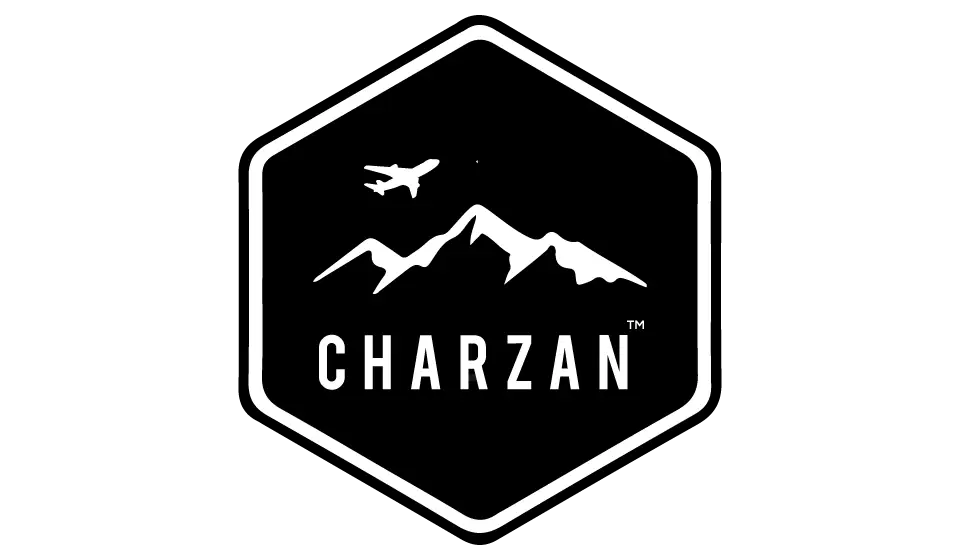

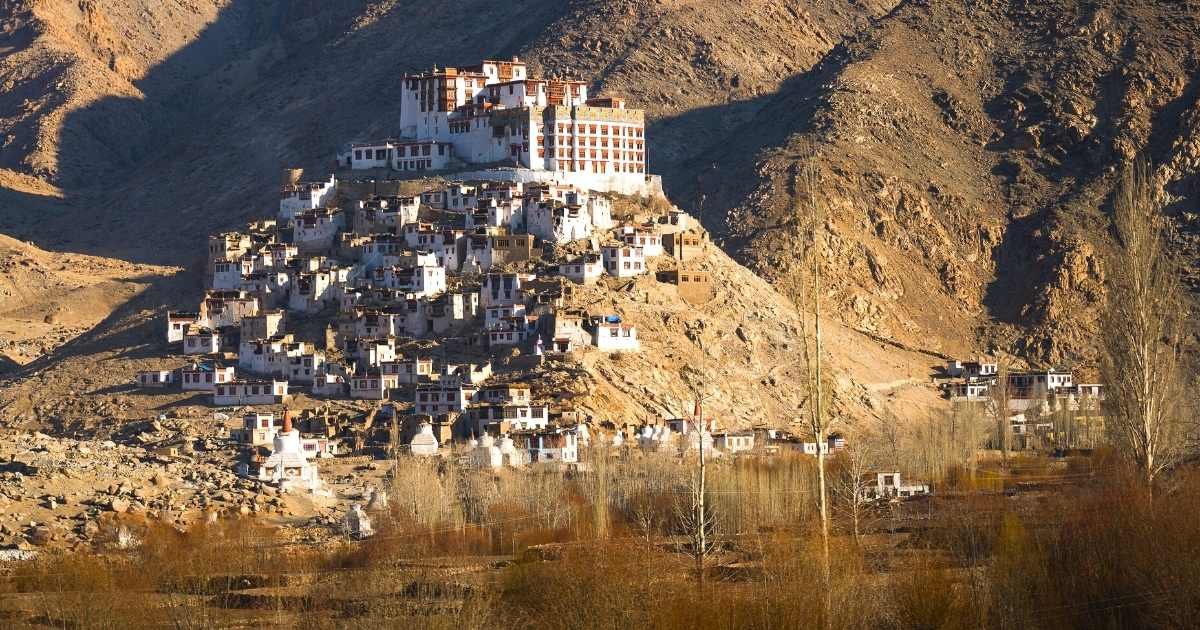
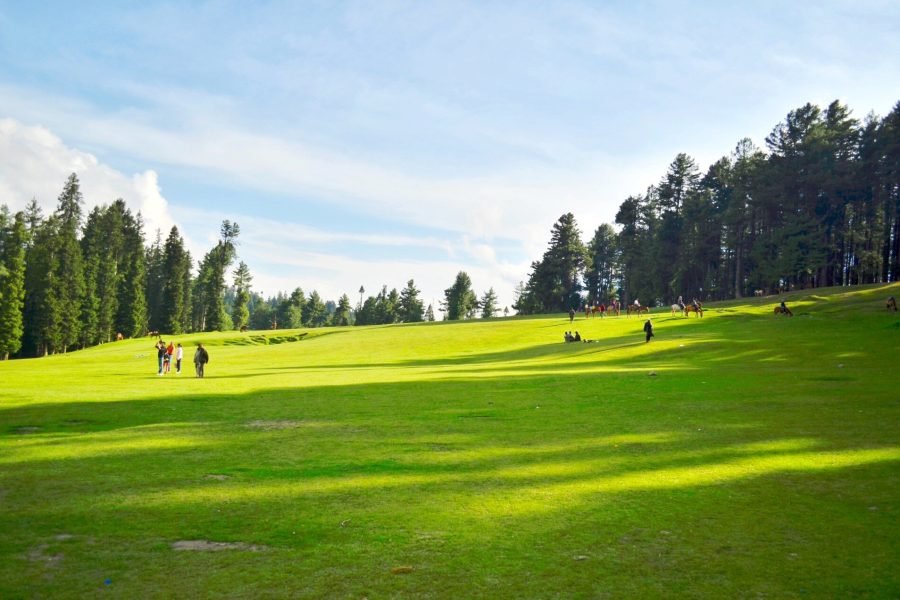
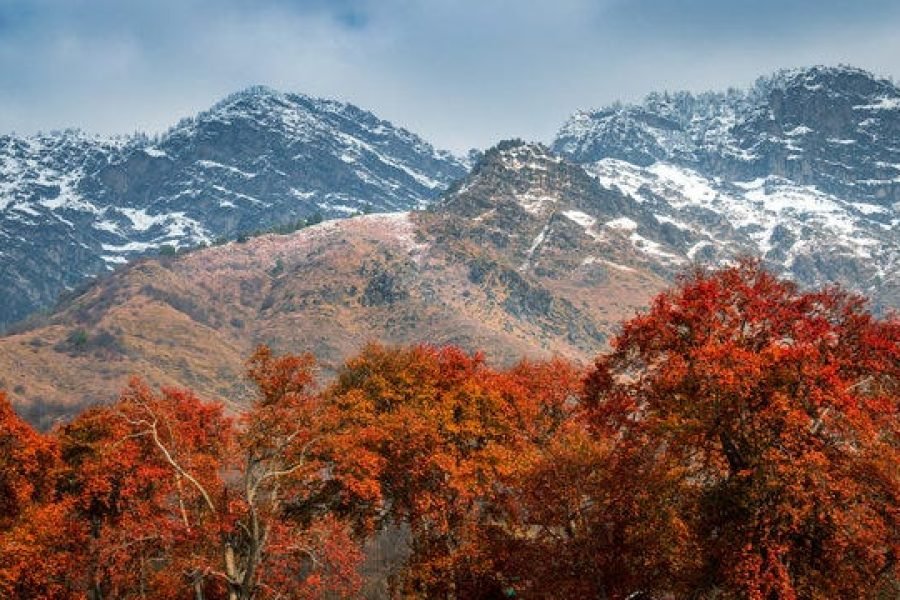
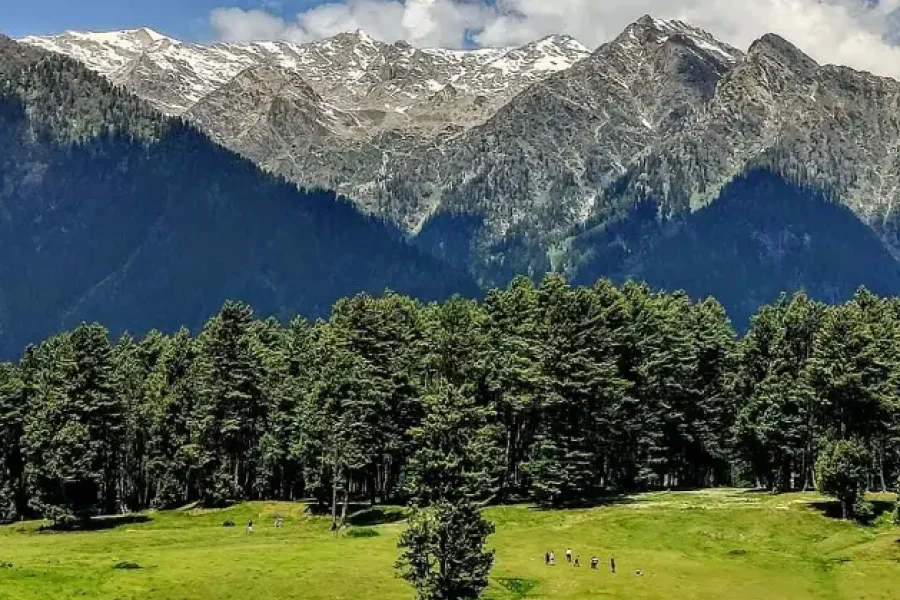
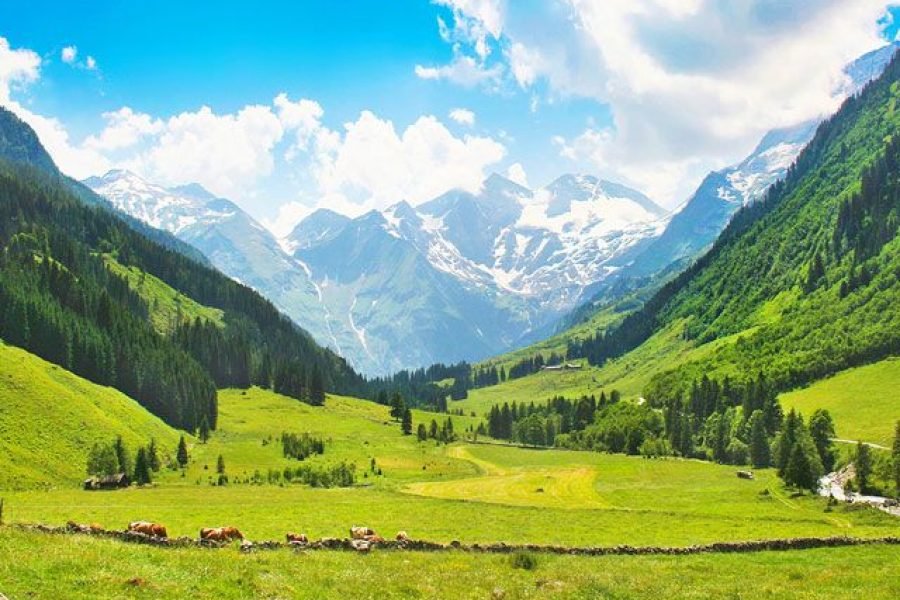
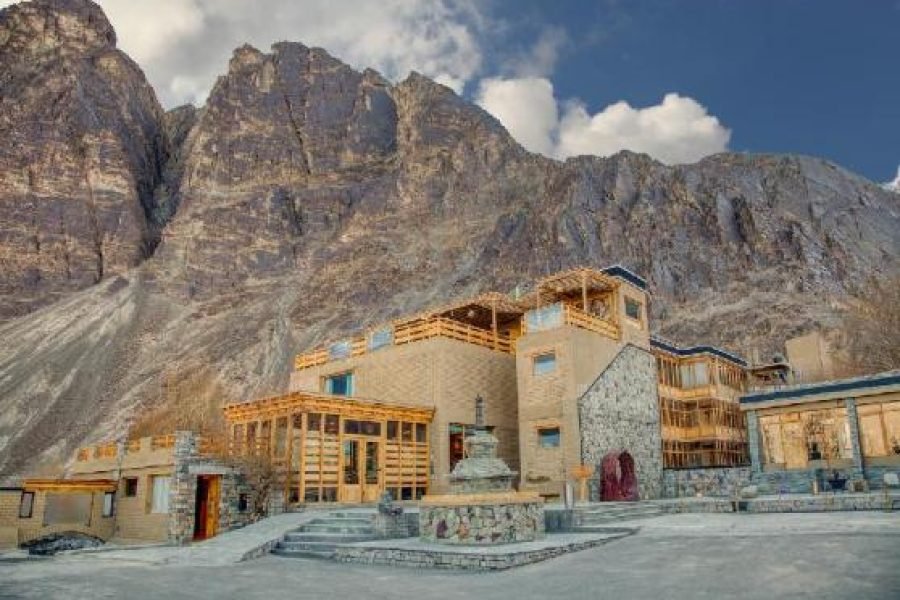
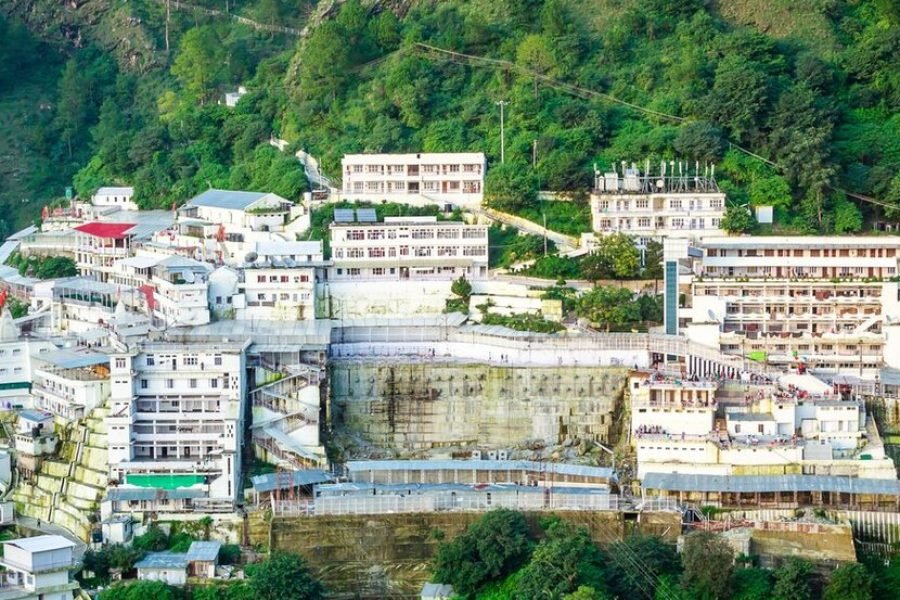
0 Comment